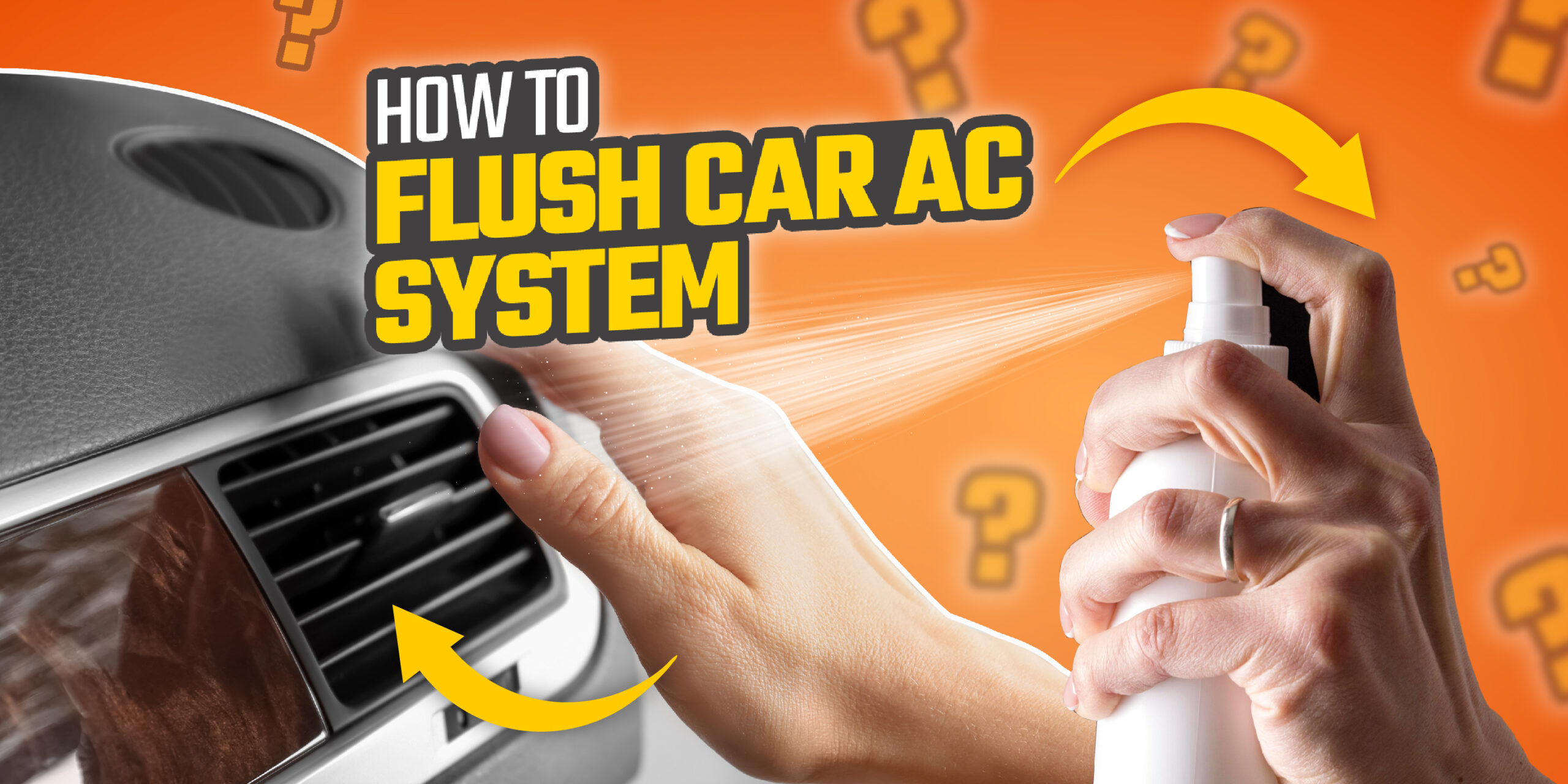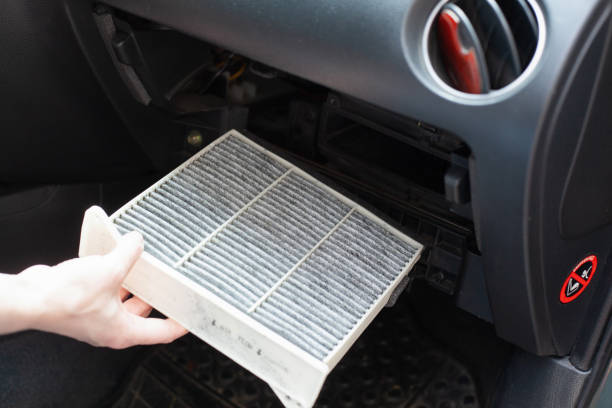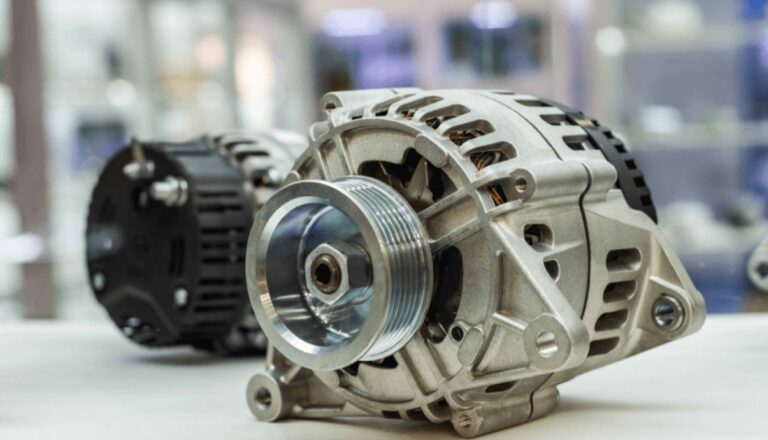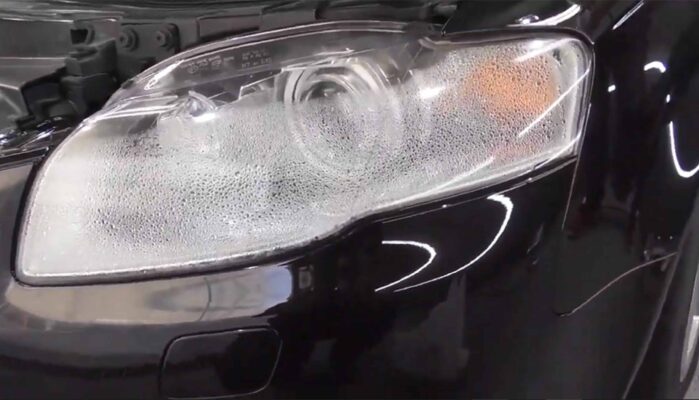
When it comes to car AC maintenance, keeping your cooling system working properly makes the difference between an uncomfortable journey and a relaxed one. When you go in for an AC refrigerant replacement or for a repair in the HVAC system, you may have come across the term AC flush. Sounds confusing right? Well, this guide will tell you all about how to flush car AC system, why its important and what can you expect after doing it.
What is an AC System Flush?
A car AC system uses compressed refrigerant that’s pumped around cooling fins to provide cold air into the interior. It has an intricate system of pipes and hoses, some that are quite narrow and at acute angles. Over time, dirt and debris can trapped in the system and hinder the flow of refrigerant through the components. This is when an AC flush is required to get rid of all contaminants so that the AC system can work efficiently. AC flushing uses compressed air to force a cleaning solution through the system which grabs any built-up particles and flushes it out of the air conditioning system. The major components that undergo a flushing process are the AC compressor, condenser, evaporator and pipes.
Does My Car Really Need an AC Flush?
The refrigerant used in car ACs is a gas at room temperature but turns to a liquid under pressure. It easily absorbs moisture from the atmosphere if left exposed. Over time, as the car AC is used, the refrigerant gets contaminated with dust and moisture and can be rendered ineffective. At this point it will require more pressure to compress into a liquid, outing more load on the AC components. Cooling efficiency is also reduced.
AC systems used in cars also need oil to lubricate the continuously working compressor. Oil also gets contaminated upon exposure to the environment and can lose its viscosity and lubricating properties over time.
A car AC flush will clean the entire system from the inside so that these two vital liquids can flow freely and work properly. An AC flush contains special solvents, detergents and anti-corrosive agents to keep the system running like new.
An AC flush is required every time a major repair to the system is carried out. It is also a good idea to do an AC flush at least once in 3 years to increase the life of the cooling system and compressor. Cars that have not been driven often or have had their AC replaced will benefit from an AC flush.
Read here When To Get An Ac Recharge
Easy Step-by-Step Guide for a Car Ac Flush
An AC flush will require the following tools and equipment
- AC Flush Solution
- Air Compressor, Hose and Blow Gun
- AC Flushing Equipment
- Bucket
- Vacuum Pump
- Pressure Gauges
Park your car in a well-ventilated area or closed garage where you have space to access the engine bay and interior. Pull the handbrake and ensure the car is secured.
Turn the engine off and open the engine bay. The AC flushing process may release fumes that require an open area to vent. Use safety goggles, gloves and a mask to protect yourself.
Depressurise the AC system. There is usually a valve which you need to release to prevent any refrigerant or oil from seeping out at high pressure.

Identify the AC Components
The heart of the car AC is the compressor which pressurises the refrigerant. You will find the AC condenser in front of the vehicle condenser. It is used for the condensation of the refrigerant from gas to liquid. The evaporator is placed inside the cabin, near the firewall. Its job is to absorb heat from the interior, causing the refrigerant to evaporate and cool the air passing over it. This cool air is forced into the cabin via a fan through the AC vents on the dashboard. The air is then filtered to remove moisture and debris before it is sucked back into the receiver.
There are then tubes made of copper or aluminium that carry pressurised refrigerant from the compressor to the condenser, evaporator and other components. They are connected with rubber hoses that allow the flow of refrigerant through the AC system. The expansion valve regulates temperature and pressure within the system.
Disconnect The AC Components
Carefully disconnect the hoses from the compressor. Remove all the AC lines from the condenser, evaporator, receiver and dismantle all valves and pipes from their housing.
Checkout here A Detailed Guide of How does Car Air Conditioning Work
Evacuate all components of pressure until they are at atmospheric reading.
Flush the Evaporator
Connect the AC flushing hose to one end of the evaporator. Secure it with the thread fitting and direct flushing solution through it under compression. This will remove all dirt, debris, contaminants, rust and corrosion from its internals.
Flush the Condenser
Repeat the flushing process for the condenser. Ensure the hoses connect the AC flush equipment and the condenser are secured and direct the solution through it. Keep the other end of the condenser open and allow the flushing solution to empty into a bucket. You should see that the solution has turned a different colour after coming in contact with all the accumulated dirt and rust.
Flush the AC Lines
Take each AC pipe and rubber hose and flush them separately with the fluid. If you notice any cracked pipes or damaged hoses, replace them. Once the pipes have been flushed thoroughly, direct compressed air through them to dry out all the liquid. Inspect them visually to ensure they are in god working condition.
Flush the Compressor
Repeat the flushing process for the compressor. Inspect the compressor for signs of damage and replace if necessary.
Reassemble the Components
Once the flushing is complete, reconnect all the components. Use new O -rings and seals (lubricate them with automotive grease for longer life). Reinstall the compressor, evaporator, condenser and all the connecting pipes and copper tubes along with the rubber hoses. Tighten all valves and sockets to the right torque to ensure a leak proof system. Replace the AC filter and check the vents for any blockage.

Conduct a Vacuum Test
Any potential leaks in the system can be identified with a vacuum test. The vacuum is connected to the pressure valve and indicates if there is any air leaking from the system. This step will ensure the refrigerant stays under pressure and is not exposed to the atmosphere. It also provides efficient cooling and reduces load on the compressor (which uses energy from the engine to work). Thus, you will save fuel on cooling and your car AC system will last longer.
Recharge the AC system
Refill new oil into the compressor and seal the system. Then add fresh refrigerant under pressure from a sealed can, until the AC system is charged to the right pressure. Now your compressor will run smoothly with little friction, and fresh refrigerant will provide high cooling power when the AC is switched on.
Test the AC
Turn the engine on and switch on the AC. Run it through all the setting for at least 10 minutes with the doors closed and windows up. Use a thermometer to check the temperature of the air through the vents and refer to your car’s service manual for specification on its settings.
Read here the Reasons Why Your Car Ac Is Blowing Hot Air
You can also test the cooling out by running your hands along the vents and feeling the cool air across your skin. Once you are satisfied that the AC is working properly, turn the system off.
Dispose of Waste AC Flushing Liquid
AC flushing solution may contain harmful chemicals that should not be released into the environment. Proper disposal ensures eco-friendly maintenance practices.
Regular Maintenance
Consider an AC flush every three years or even every time you replace the refrigerant. It helps maintain the life and efficiency of your car AC system.
Checkout Here the difference between Car Ac Compressor Vs Condenser
What Are the Advantages of a Car Ac Flush?
It’s a form of preventive maintenance that solves issues before they become expensive repairs. An AC flush will cost you quarter of the expense of replacing a compressor or condenser.
Removal of Contaminants
AC Flushing removes all dirt and dust from the system preventing blocks and reducing load on the compressor. AC refrigerant flows uninterrupted which is crucial for proper cooling.
Protects Components
Compressor, evaporator and receiver, condenser are protected from damage and exposure to the elements with an AC flush. Vehicle manufacturer warranty is not voided by flushing, so it is perfectly safe for your vehicle.
Optimum Cooling
The AC runs efficiently and provides superior cooling power. A real advantage during hot Indian summers for a comfortable driving experience. The refrigerant is able to absorb heat and release it quickly throughout the AC cycle. You may notice that the compressor switches on less often after an AC flush.
Less Wear and Tear
The AC stays in good condition for longer without wearing out its components. The chance of unlikely failures is reduced and you will have reliable service from your car AC.
Preserves Lubrication
The compressor gets proper lubrication, reduced friction and is saved from potential damage due to overheating.
Conclusion
Incorporate a car AC flush into your maintenance schedule for reliable and efficient performance for your cooling system. Your AC operates at its peak at all times and delivers a comfortable driving experience in all weather conditions. It’s a great way to take care of your vehicle and enjoy a cool drive.
Read more informative articles on the Carorbis Blog. Here you will find the latest automotive news, how-to guides, car and bike comparisons, and reviews on the best car accessories you can buy.
Frequently Asked Questions
Q1. How to Flush Car Ac System at Home?
Ans. A car AC is complicated system. Without the proper tools and expertise, it would be quite difficult to dismantle and flush the car AC system. Reassembly will require that it is completely airtight and will not leak refrigerant to work properly. It is best to take your car to a certified service centre and have a professional mechanic flush the system. DIY attempts are discouraged due to potential risks and damage to the AC system.
Q2. How to Flush Ac System in Vehicle?
Ans. The AC system is first evacuated and the pressure is reduced to zero. Compressed air is applied through the system to flush out all debris. The Ac system is disassembled and inspected for damage. Then the components are replaced and the refrigerant is reintroduced. The AC system will now have efficient cooling and longer life.
Q3. How to Flush Ac System After Compressor Failure?
Ans. The compressor is the main component of the AC system that compresses the refrigerant in order for cooling to take place. If the compressor fails, evacuate the system, dismantle the hoses and condenser, and force compressed air through the system. Use a new compressor or repair the old one, then reassemble and reintroduce the refrigerant for optimal AC performance.
Q4. How to Flush Ac System With Alcohol?
Ans. It is not recommended to use Alcohol to flush a car Ac system. Alcohol may damage system components, lead to contamination and corrosion, reduce efficiency, split rubber hoses and prevent the AC from working properly. There are special AC flush solutions designed for automotive systems to ensure effective AC maintenance. It is advisable to use only specified AC flush solutions to clean your car AC.
Q5. How to Flush AC Condenser?
Ans. Detach the refrigerant hose from the condenser and apply a suitable AC flush solution through the condenser using a flushing tool powered by compressed air. The flushing solution will drain out from the other end, carrying all contaminants and debris with it. You may have to repeat this process for AC systems that have sat idle for a long time. Inspect the condenser for any remaining debris and reconnect the components.
Q6. How to Flush Ac Evaporator?
Ans. Locate the AC evaporator (usually found inside the vehicle). Disconnect the AC lines and introduce a suitable AC flushing solution using a compressed air. The evaporator should be free of any dirt and debris at this point, inspect it to make sure its clean. Reassemble the evaporator and all the connecting hoses and test the AC system for proper cooling.







